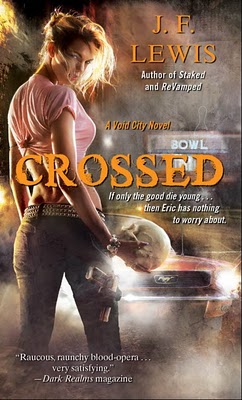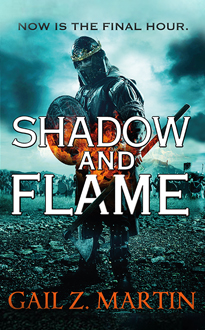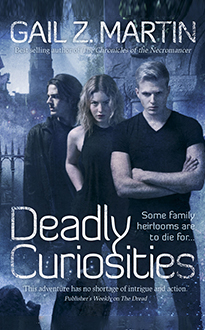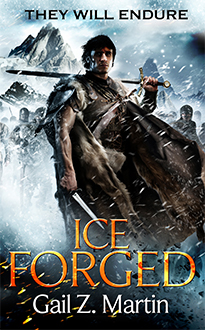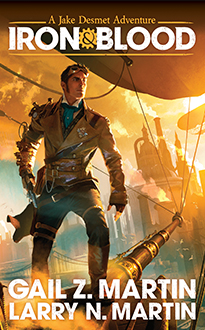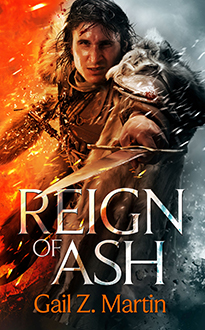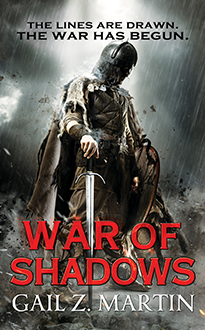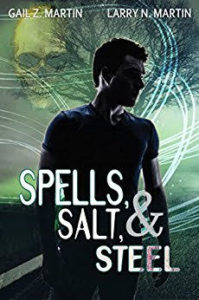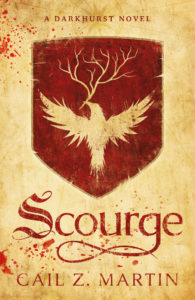J. F. Lewis
(If you’re just joining us, I’ve been talking off and on about the Little Green Notes on my wall and why they’re there.)
Little Green Note Number Six is a twofer
How does it Look?
How does it feel?
In the medium of words, a writer obviously has to paint a picture in the reader’s head that is good enough for the reader to understand what is happening without giving a laundry list of what is in a given room or sounding like we’re trying to help a sketch artist create a wanted poster of character as if in some strange attempt to allow our readers to pick our characters out in a lineup.
There are tons of ways to go about it, but my favorite style pops up most often in the hardboiled detective novels of Dashiell Hammett, Raymond Chandler, and Walter Mosley (though I’ve just started reading Mosley, I do not hesitate to count him in such high company).
Take this partial description from the beginning of Chandler’s THE LONG GOODBYE:
“Her hair was a lovely shade of dark red and she had a distant smile on her lips and over her shoulders she had a blue mink that almost made the Rolls-Royce look like just another automobile. It didn’t quite. Nothing does.”
With just those few sentences, we have an image in our head and an attitude.
In Hammett’s “Death on Pine street”, there’s a great line from the middle of a fight scene:
“His belly was flabby, and it got softer every time I hit it. I hit it often.”
He’s gives us a feel for the fight without resorting to a blow by blow, there’s more to it of cruse, Hammett isn’t afraid to spend time on a fight scene, but his blocking is fluid and evocative, rather than weighted down.
I like to think reader’s can see a little bit of my “writing DNA”… the hardboiled detective stories I love so much when they read my Void City series. Maybe in passages like this one from the fight at the very beginning of STAKED:
“Time sped up again. I watched the blood spurt from his jaws, splattering when he hit the wall of the alley with a wet cracking noise. Bones had broken when he landed. Some of them sounded important.”
Another thing these first person narratives do is put the reader in the head of someone who isn’t necessarily very nice, but, by showing his thoughts, feelings, and emotions, let the reader care about him (or her) even when we disagree with what they do. It doesn’t always work of course. But when it does, anti-heroes shine and readers are willing to excuse them lies, larceny, and maybe a little murder or two. If the writer does it just right, the reader will make excuses for the character even when the character doesn’t take the time to make excuses for himself. We’ll read Walter Mosley’s Easy Rawlins as he mentions his attempts to stay away from married women in DEVIL IN A BLUE DRESS:
“I swore to myself that I’d never look at another man’s woman. I’ve taken that pledge many times since then.”
We’ll read that passage and, when he inevitably fails, if Mosley’s magic has worked the reader will excuse Easy’s infidelity with little more than an “at least he’s trying.” 🙂

